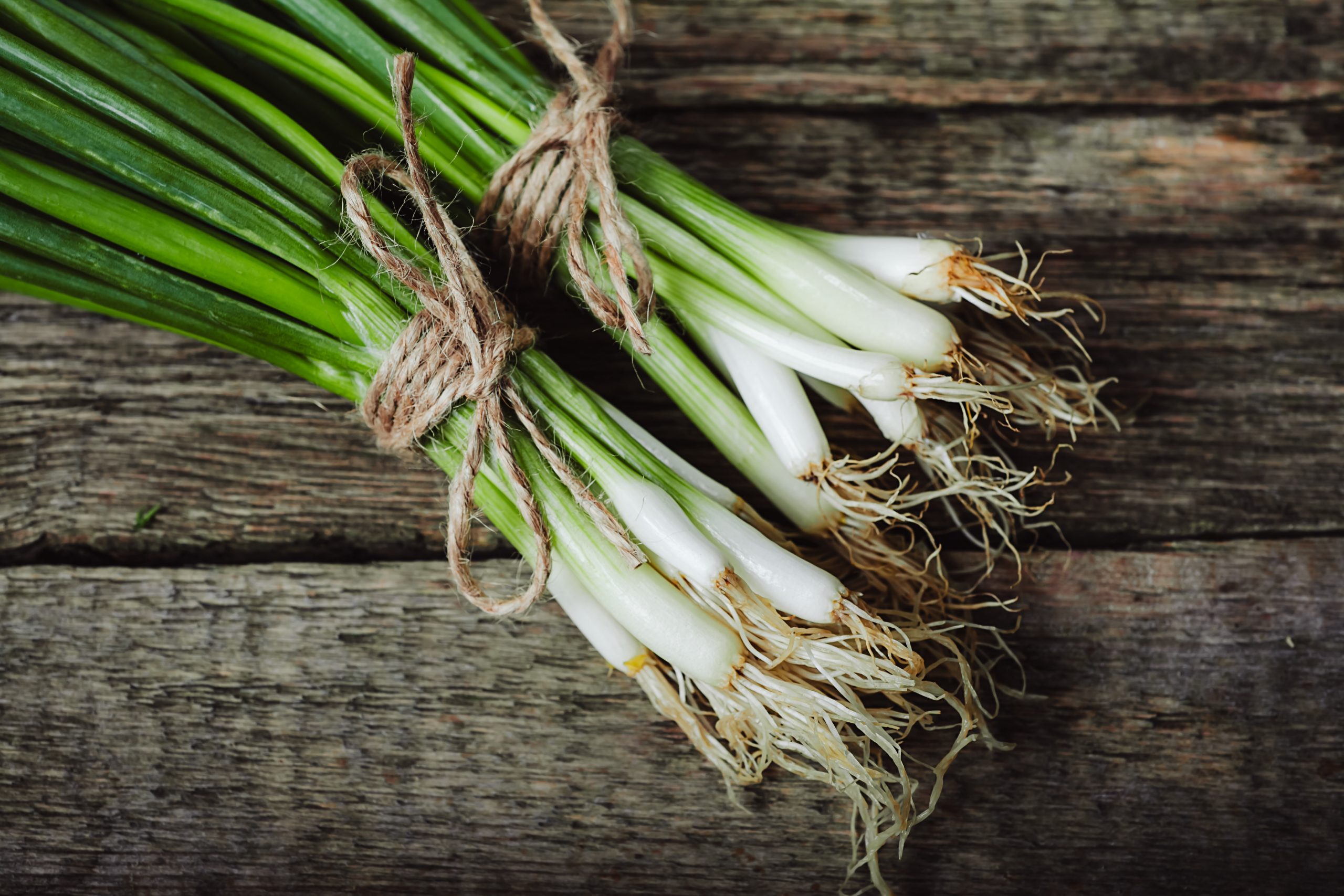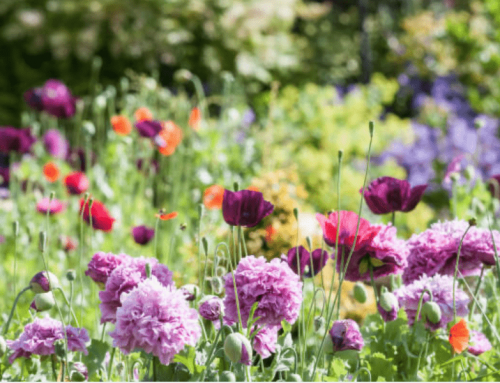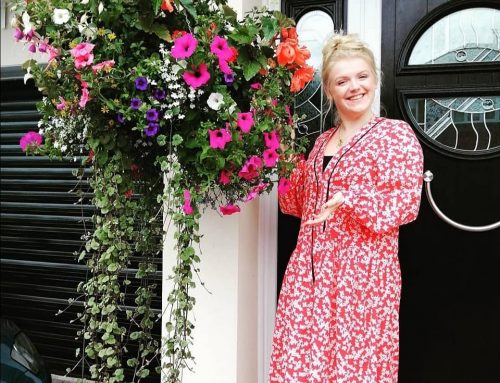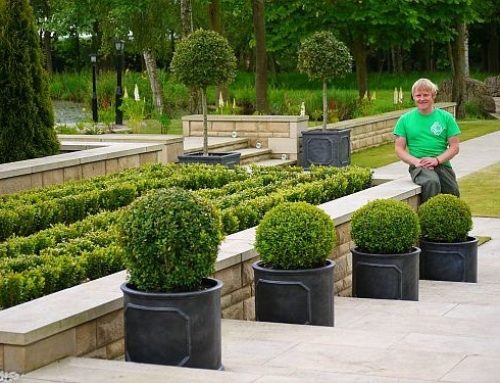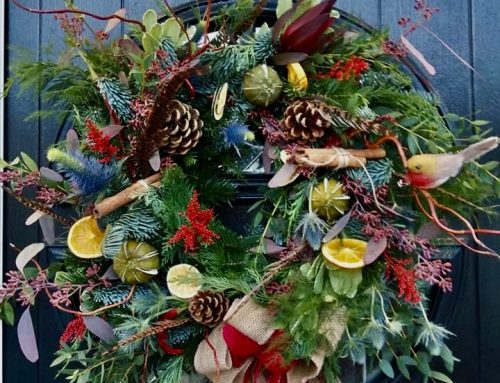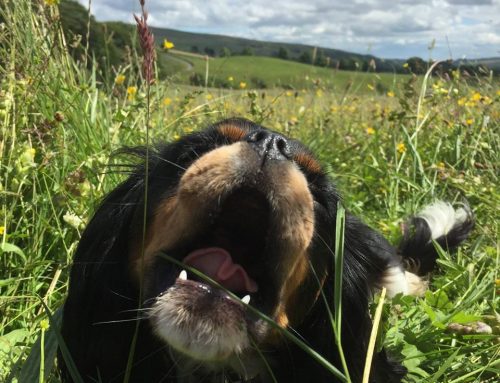What are green onions
The Green Onion (Allium fistulosum) is white, elongated, tube-like onion with long green leaves which have a mild onion flavour Unlike a standard cooking onion both the long green stalk/leaves and the bulb go green onions can be eaten.
Sowing green onion seeds
Start by placing your seeds in a tray of shallow, peat-free potting compost, preferably inside or in a greenhouse. The seeds should be lightly covered with soil a fine layer of compost. Germination takes place in 10-14 days.
Transplanting seedlings
After 4-6 weeks transplant the seedling into your raised bed, bale bed, or garden patch. Seedlings should be planted 1 inch apart with about 10 – 12 inches between rows.
Tips
- If you buy onions at the supermarket, save the white bottom portion, complete with stubby roots. You can plant these in your garden or raised bed and start growing them. Usually, these stubby roots will grow into full, new green onions!
- If you buy too many or you forget about them at the bottom of the fridge for a couple of weeks, don’t throw them away! You can plant them in your raised bed or your garden and you can start growing them this way. They will grow quite happily. This tip is handy as any excess onions you have, which you would usually throw away will last longer. It will also let them grow larger and develop a fuller bulb and a stronger flavour. You can even plant out onions that have begun to look rather sorry for themselves and turned slim. As long as they haven’t completely given up all life they will usually recover very well when planted out.
Planting location
Choose a location with full sun and nice quality, loose, well-drained soil.
Care for growing green onions
Keep them weed-free and water them regularly. Onions rarely have problems with pests or diseases, although fungus can make the leaf tips look unsightly; this is cured by simply cutting off the tips before using.
How to harvest
Pull the growing green onions out by their tops when they are 6 to 8 inches tall. A good green onion takes about 100 to 120 days to reach a nice size that is good for eating. Harvested onions can be stored in a plastic bag in the refrigerator for up to two weeks if you wish, but it’s best to just leave them growing in the garden and harvest ‘as needed’.
Saving the seeds
Green onions produce beautiful purple globe-like flowers, just like chives do. Seeds follow soon after the flowering phase. Make sure that you harvest the seed heads before they “shatter” and dry them in a warm place until they become crunchy and brittle. To obtain the seeds, simply crush the heads in a paper or plastic bag and pick out the little black seeds.
Seeds should be stored in a cool, dry, dark place in a paper bag until ready to use.
Eating
After growing eating them is the next best thing! Green onions are delicious when eaten fresh from the ground, without cooking. They are perfect in a salad or with fish or scrambled eggs. They also go well in a cheese sandwich or chopped up finely and sprinkled on a jacket potato.
Green onions are good for you
They are very high in dietary fibre contain a high amount of vitamin A, and are very high in vitamin C. They aid the circulation, just like their cousin, Garlic, and are renowned to be a good immune system booster, helping to stave off illness.


